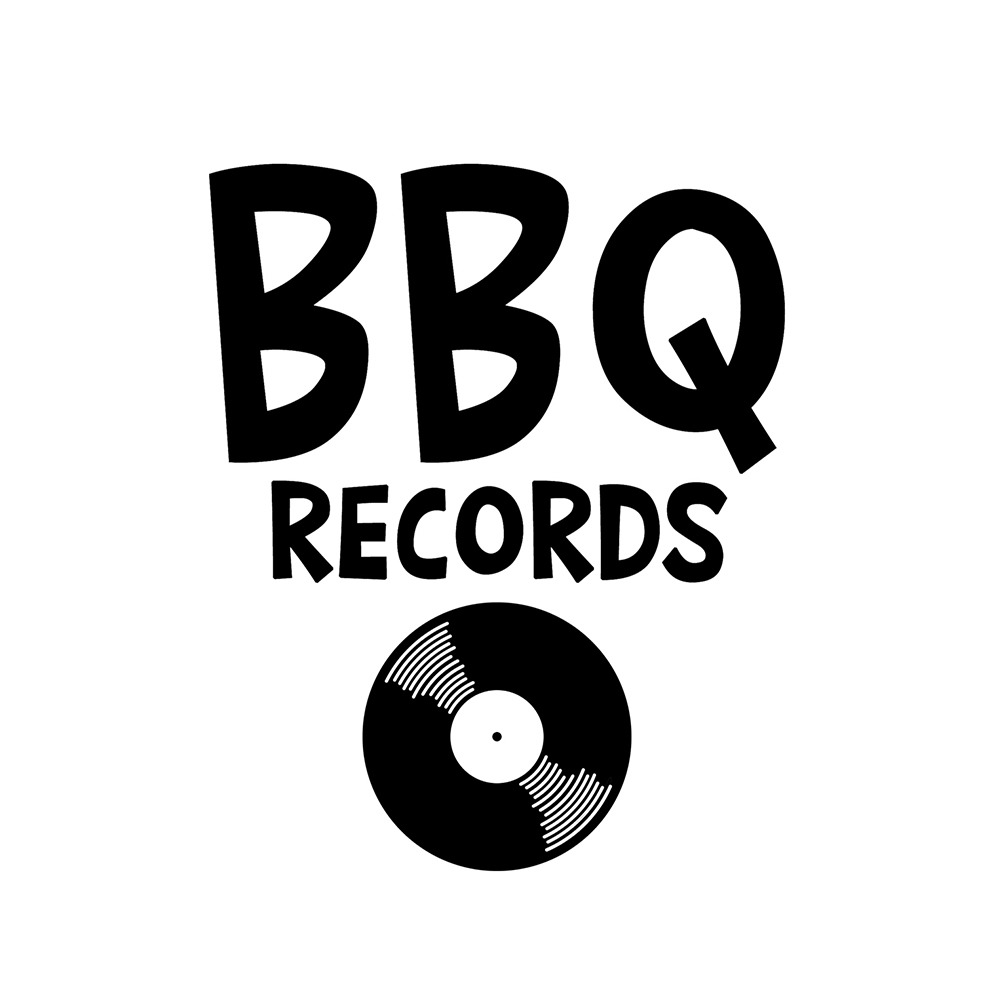AUSTRALIA'S #1 IN ELECTRONIC MUSIC
Music Label | Radio Station | Music Magazine
Est.2013 - Official Partners: click here


THE DARK SIDE OF THE BEAT: DRUGS IN THE ELECTRONIC MUSIC SCENE
Exploring the Complex Relationship Between Drugs and Electronic Music Culture
The electronic music scene has long been associated with pulsating beats, vibrant festivals, and a sense of euphoria on the dance floor. However, beneath the surface of this dynamic culture lies a darker reality: the presence of drugs. The connection between drugs and the electronic music scene is a complex and controversial topic that warrants a closer examination.
From the early days of rave culture to modern-day festivals, drugs have been intertwined with the electronic music scene. While not everyone involved in the scene indulges in drug use, it's undeniable that substances like MDMA, cocaine, and ketamine have become synonymous with certain genres and events. The allure of heightened sensory experiences and a desire to connect intimately with music and fellow ravers has fueled the prevalence of drug use in this community.
One of the factors contributing to drug use in the electronic music scene is the association between certain substances and the music itself. Certain genres, such as techno and trance, are often accompanied by pulsating basslines and mesmerizing visuals that seemingly enhance the effects of certain drugs. This combination creates an environment where drug use is perceived as an integral part of the overall experience.
Moreover, the high-energy nature of electronic music events, with their extended hours and immersive environments, can lead to physical and mental exhaustion. In an attempt to keep up with the demands of the scene, some individuals turn to drugs as a means of staying awake or escaping the pressures of reality. Unfortunately, this can lead to a dangerous cycle of dependence and potential health risks.
The electronic music industry itself has also faced criticism for its perceived tolerance or even promotion of drug use. Some argue that certain events and festivals prioritize profit over the well-being of attendees, allowing illicit substances to flow freely without adequate harm reduction measures in place. While many organizations and promoters are taking steps to address this issue, the challenge of balancing individual freedom and safety remains a constant struggle.
It's crucial to acknowledge the risks associated with drug use in the electronic music scene. Substance abuse can have severe consequences on physical and mental health, and incidents of drug-related emergencies and fatalities at events are a stark reminder of these dangers. Additionally, the use of adulterated or counterfeit substances further compounds the risks and underscores the need for education, harm reduction initiatives, and access to support services.
Despite these challenges, the electronic music community has also been proactive in promoting harm reduction and safer partying practices. Many festivals and organizations provide dedicated spaces for drug testing, offer educational resources, and collaborate with harm reduction organizations to ensure the well-being of attendees. These efforts aim to minimize the potential harms associated with drug use while still allowing individuals to enjoy the music they love.
Ultimately, the relationship between drugs and the electronic music scene is a multi-faceted issue that requires ongoing dialogue and collective responsibility. The industry, artists, promoters, and fans all have a role to play in fostering a culture that prioritizes health, safety, and well-being. By promoting open conversations, implementing harm reduction strategies, and supporting individuals in making informed choices, the electronic music scene can thrive while minimizing the risks associated with drug use.
As the electronic music scene continues to evolve and grow, addressing the topic of drugs remains a pressing concern. It's essential to strike a balance between preserving the spirit of musical exploration and ensuring the safety and welfare of all participants. Only by working together can we create an environment that celebrates the transformative power of music while minimizing the shadows cast by substance abuse.



